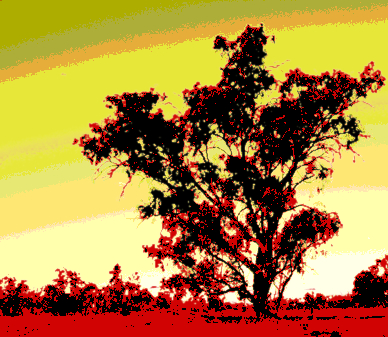Days left to settle decades-old title claim
 A bush hearing next week is set to settle a native title claim lodged two decades ago.
A bush hearing next week is set to settle a native title claim lodged two decades ago.
The Yandruwandha Yawarrawarrka people will be formally recognised as the traditional owners of 40,000 square kilometres of the South Australia’s far north-east, giving them official stewardship of land covering seven pastoral leases and towns including Innamincka.
Yawarrawarrka elder Theresa Bottrell called the ruling a “great achievement”.
“After a long time it is very overwhelming to finally have this recognition,” she said.
“I am really looking forward to the day, to celebrate what we have fought for as a community and to have this acknowledgment for our people.”
Michael Pagsanjan, the lawyer for the Indigenous group, said the claim fell victim to the notoriously slow process and rigorous conditions required for native title to be established.
He said the hearing in the remote outback would rubber stamp agreements between the Indigenous population, local land owners, mining companies and the State Government.
“It's a symbol where all the parties are coming together and agreeing and consenting, saying yes, the Yandruwandha Yawarrawarrka people are the native title holders as they claimed in 1998 and that these are their rights and interests and they should be protected.”
It will also help draw attention to the significant role played by the Yandruwandha Yawarrawarrka in Australia's colonial history.
“In the 1860s, Burke and Wills of course had their failed expedition through the centre of Australia,” he said.
In 1860-61 Robert O'Hara Burke led 19 men on an expediation across Australia, from Melbourne to the Gulf of Carpentaria.
Seven died in the attempt, including Burke himself and his third in command, William John Wills.
“It was actually the Yandruwandha Yawarrawarrka people who came to their aid,” Mr Pagsanjan said.
“For those explorers who were willing to accept the help, if it were not for the Yandruwandha Yawarrawarrka people, the entire party would have perished.
“They provided food, water, shelter, and essentially [came to their rescue].”
Mr Pagsanjan said the famous “Dig Tree” (where the expedition buried supplies) and the area where explorers perished were both inside the 40,000 square kilometres of land handed over as part of the native title claim.








 Print
Print